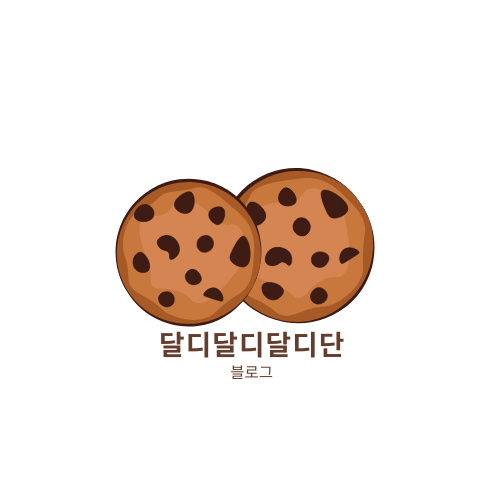📄 Brochure Design: A Comprehensive Guide
This guide provides a detailed analysis of various English brochure types, highlighting their features, production considerations, and ideal applications. The brochure market is dynamic, constantly evolving to meet the demands of diverse industries and marketing strategies. From simple leaflet designs aimed at quick information dissemination to elaborate multi-panel brochures showcasing complex products or services, the options are extensive. The effectiveness of a brochure hinges on its ability to capture attention, convey information clearly, and ultimately, drive desired actions from the reader. We'll explore the key factors influencing brochure design and selection, ensuring you choose the perfect format for your communication needs.
Why is Choosing the Right Brochure Crucial?
The success of any marketing campaign often relies heavily on effective communication. Brochures are a powerful tool for conveying information concisely and engagingly, particularly in situations where a website or lengthy document might be overwhelming. A well-designed brochure can significantly impact brand perception, boost sales, and improve customer engagement. Choosing the wrong type can lead to wasted resources and a missed opportunity to connect with your target audience. This guide will empower you to make informed decisions, maximizing your return on investment.
Key Points to Remember
Before diving into the specifics, here are key factors to keep in mind: target audience (age, demographics, interests), communication goals (brand awareness, lead generation, sales), budget, and design aesthetics (brand consistency, visual appeal). Understanding these foundational elements will guide you toward the most effective brochure type and design.
Brochure Type Analysis
Tri-Fold Brochures
Tri-fold brochures are a popular choice due to their balance of compactness and information capacity. They're cost-effective to print and easy to distribute.
User experience often depends on the clarity of the design and information hierarchy. Professionals often praise the versatility, while some find the limited space restrictive for complex products or services.
Bi-Fold Brochures
Simpler than tri-fold, bi-fold brochures offer a clean, straightforward approach. Ideal for highlighting key features or providing a brief overview.
Many businesses utilize bi-fold brochures for quick overviews of their services or to announce special offers. Feedback suggests that their simplicity makes them accessible to a wide audience.
Z-Fold Brochures
Z-fold brochures provide a more sophisticated feel and allow for a visually engaging presentation of information. The unique folding pattern guides the reader's eye through the content in a specific sequence.
Market research indicates that Z-fold brochures are often preferred for high-end products or services where a premium feel is desired. However, improper design can lead to a confusing reader experience.
Brochure Comparison Table
| Feature | Tri-Fold | Bi-Fold | Z-Fold |
|---|---|---|---|
| Cost | Medium | Low | High |
| Information Capacity | Medium | Low | High |
| Visual Appeal | Medium | Low | High |
| Ease of Design | Medium | High | Low |
| Print Complexity | Medium | Low | High |
| Distribution | Easy | Easy | Easy |
| Target Audience | Broad | Broad | Specific |
| Brand Image | Versatile | Simple | Sophisticated |
| Readability | Good | Excellent | Good |
| Overall Effectiveness | Good | Good | Excellent (when well-designed) |
Situation-Based Recommendations
💡For announcing a new product launch with several key features:
A tri-fold brochure would be ideal. It offers enough space to highlight the product's benefits and specifications while remaining concise and easy to digest.
💡 For a simple promotional offer or event announcement:
A bi-fold brochure provides a clean and effective way to convey the essential information quickly and economically.
💡 For showcasing a complex product or service with a detailed narrative:
A Z-fold brochure would be suitable for creating a compelling visual story and guiding the reader through the intricacies of the offering.
Key Considerations for Brochure Selection
Before finalizing your brochure design, consider these factors:
- Target audience: Who are you trying to reach?
- Communication goal: What do you want to achieve with the brochure?
- Budget: How much can you spend on printing and design?
- Design aesthetics: Ensure the design aligns with your brand image.
- Printing method: Offset printing is suitable for large quantities, while digital printing is better for smaller runs.
- Paper stock: Choose a paper type that complements your design and brand image.
- Call to action: Include a clear and compelling call to action to encourage engagement.
For example, a luxury brand might opt for a Z-fold brochure with high-quality paper stock, while a small business might choose a more economical tri-fold option. Thorough planning will prevent costly mistakes.
🎯 Conclusion: Making the Right Choice
Selecting the right type of brochure is critical for effective marketing. This guide has provided a framework for understanding the various options available and the factors to consider when making your choice. By carefully evaluating your target audience, communication goals, and budget, you can choose the brochure type that best suits your needs. Remember that a well-designed brochure is more than just a printed piece; it's a powerful tool that can significantly impact your marketing success. Continuous evaluation of your results will ensure that you adapt your brochure strategies for optimal performance.

